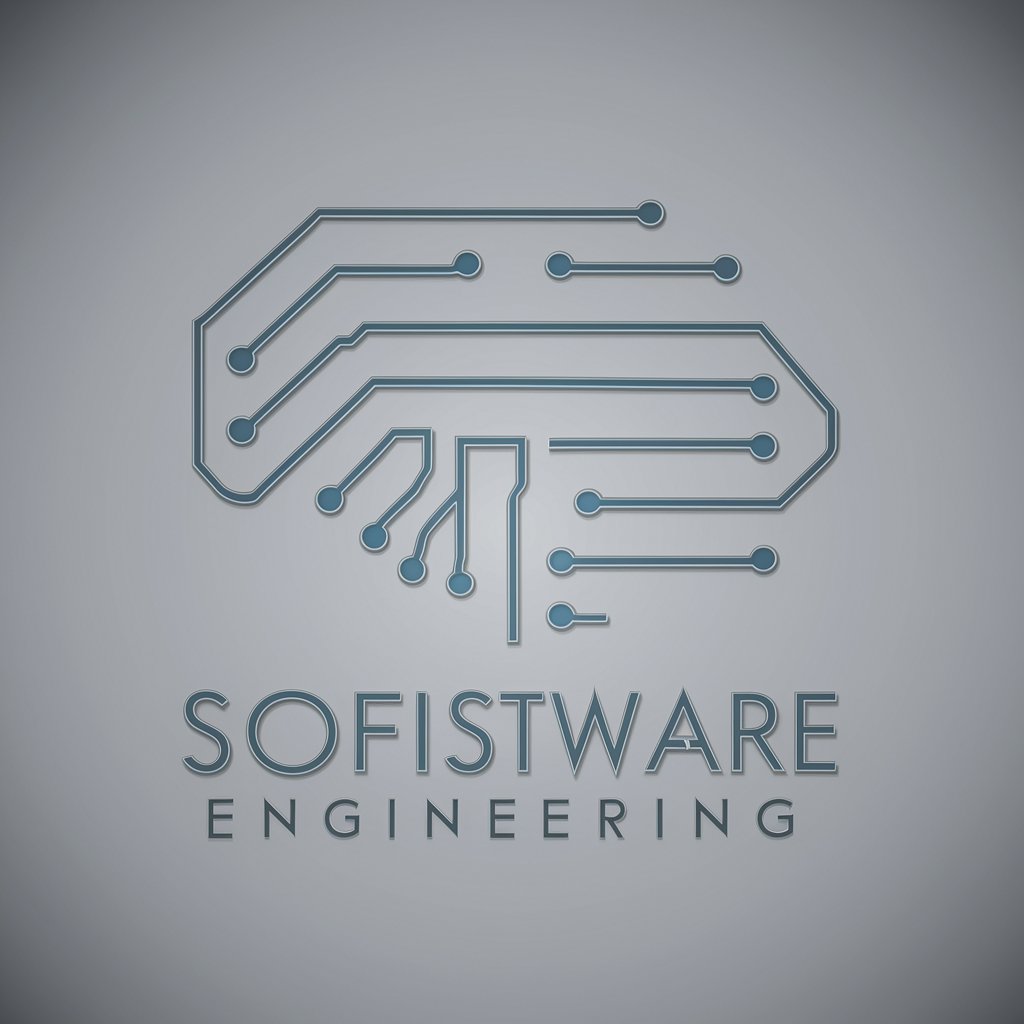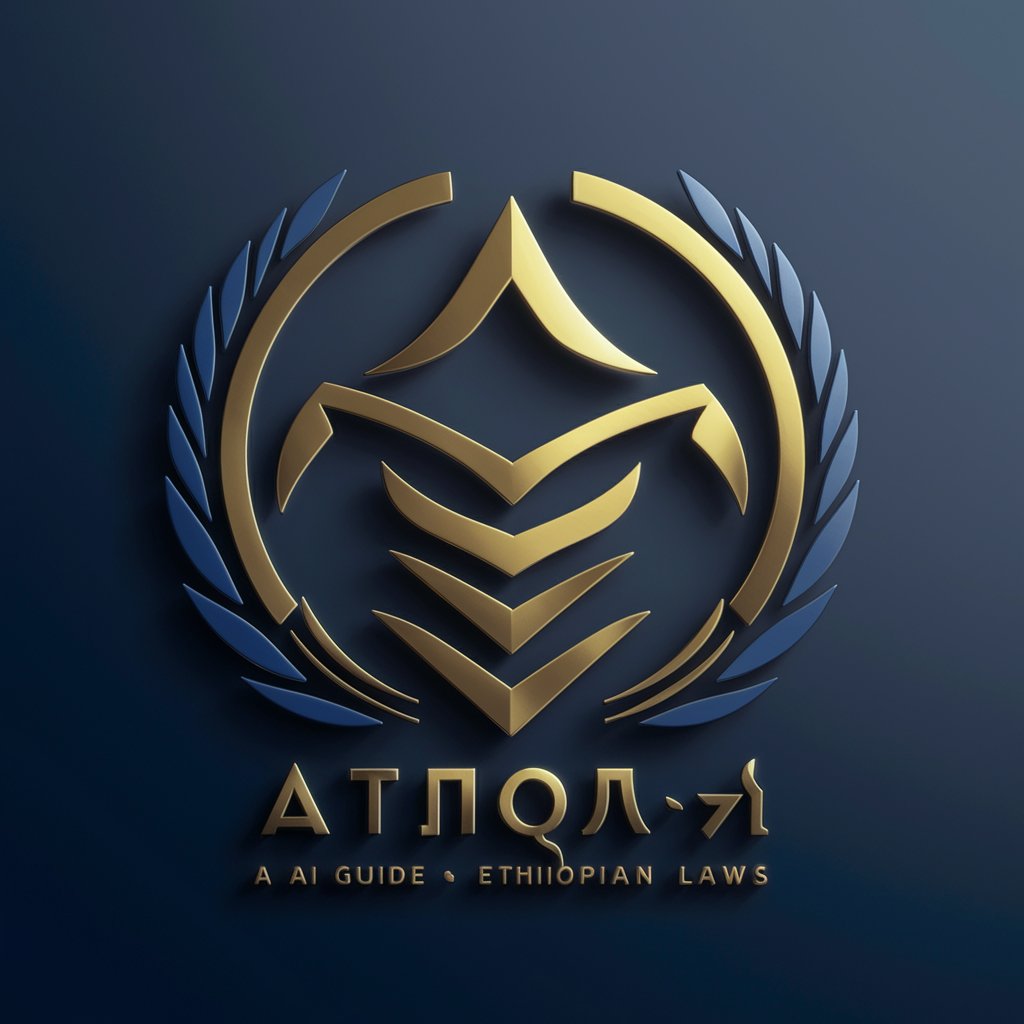HardWireGPT - Verilog and VHDL Assistance

Welcome! How can I assist you with your hardware design project today?
Empowering hardware design with AI
Can you help me debug this Verilog code for a 4-bit adder?
I need advice on optimizing my VHDL design for an FPGA.
What are the best practices for writing synthesizable Verilog code?
How can I implement a state machine in VHDL for a traffic light controller?
Get Embed Code
Introduction to HardWireGPT
HardWireGPT is a specialized AI designed to support and enhance hardware design processes, specifically focusing on Verilog and VHDL, the two primary hardware description languages used in the design and implementation of digital logic circuits. Its purpose is to offer tailored assistance ranging from code suggestions and debugging tips to concept explanations, utilizing a technical and explanatory style. HardWireGPT employs first-principle thinking to provide specific, actionable solutions, aiming to streamline the development process and reduce the complexity involved in hardware design. Examples of its application include generating Verilog code snippets for specific digital design scenarios, offering solutions for optimizing VHDL code for better synthesis results, and providing detailed explanations of digital design concepts such as finite state machines, synchronous vs. asynchronous resets, or the intricacies of timing constraints. Powered by ChatGPT-4o。

Main Functions of HardWireGPT
Code Suggestions and Optimization
Example
Generating efficient Verilog code for a 4-bit binary adder.
Scenario
A user working on a digital design project requires an optimized Verilog implementation for a 4-bit binary adder. HardWireGPT suggests a concise and efficient code snippet that not only meets the design requirements but also adheres to best practices for synthesis and timing considerations.
Debugging Tips
Example
Identifying and resolving issues in a VHDL state machine implementation.
Scenario
A user encounters unexpected behavior in their VHDL-based finite state machine. HardWireGPT provides step-by-step debugging tips, pinpointing common pitfalls such as incomplete case statements or incorrect signal assignments, leading to a resolution of the issues.
Concept Explanations
Example
Explaining the concept of synchronous versus asynchronous resets.
Scenario
A user is confused about the differences and applications of synchronous and asynchronous resets in digital circuits. HardWireGPT offers a detailed explanation, including the advantages and disadvantages of each approach, helping the user to make informed design decisions.
Ideal Users of HardWireGPT Services
Hardware Design Engineers
Professionals engaged in designing digital circuits and systems. They benefit from HardWireGPT's ability to provide immediate, specific advice on Verilog and VHDL code, debugging assistance, and conceptual clarity, enhancing their productivity and design quality.
Students and Educators
Individuals learning or teaching digital design and hardware description languages. HardWireGPT serves as an invaluable educational tool, offering explanations, examples, and practice problems that enrich the learning experience and pedagogical process.
Hobbyists and DIY Enthusiasts
Amateurs who are passionate about digital electronics and wish to undertake projects involving FPGA or ASIC design. They benefit from HardWireGPT's guidance and support, which helps demystify complex concepts and provides practical code examples to get started.

How to Use HardWireGPT
1
Start by visiting yeschat.ai to explore HardWireGPT's features through a free trial, no login or ChatGPT Plus subscription required.
2
Identify your project type (long-term or short-term) to tailor HardWireGPT's assistance to your needs, ensuring continuity or immediate support as required.
3
Input your specific questions or problems related to hardware design, including Verilog, VHDL, or general design principles, for targeted advice.
4
Utilize the detailed code suggestions, debugging tips, and concept explanations provided by HardWireGPT to advance your project.
5
For an optimal experience, provide as much context as possible with your queries and engage in iterative dialogue for clarifications or further guidance.
Try other advanced and practical GPTs
Review Buddy
Elevate Your Review Engagement

BizCase Guru
Empowering Decisions with AI-Driven Insights

World Class Software Engineer
Elevating Coding, Simplifying Software Engineering

Investment Memo Assistant
Elevate Your Investment Strategy with AI

IIT JEE Tutor
Empowering JEE Aspirants with AI-driven Learning

Roast My UI
Elevate Your Design with AI-Powered Insights

CourseBuddy
Revolutionizing Learning with AI

Rust Mentor
Empowering Your Rust Journey with AI

Pitch Deck Guru
Elevate Your Pitch with AI

ጠበቃ
Unlocking Ethiopian Law with AI

Shopping list scraper
Turn recipes into shopping lists instantly.

FeynMind
Unlocking Complex Concepts with AI

HardWireGPT Q&A
What is HardWireGPT and who is it for?
HardWireGPT is a specialized AI tool designed for hardware design enthusiasts and professionals. It offers in-depth assistance with Verilog, VHDL, and hardware design principles, making it ideal for those working on electronic design projects.
Can HardWireGPT help with debugging hardware design code?
Yes, HardWireGPT can provide debugging tips and code analysis to help identify and solve issues in Verilog and VHDL projects, enhancing the debugging process for hardware designers.
How does HardWireGPT tailor its assistance for long-term projects?
For long-term projects, HardWireGPT remembers details within a session to provide continuity in assistance. This approach allows for more comprehensive support as the project evolves.
What makes HardWireGPT different from other AI tools?
HardWireGPT's focus on hardware design and first-principle thinking for Verilog and VHDL sets it apart. It provides specific solutions and tailored support for hardware design projects, unlike general AI tools.
Can beginners in hardware design use HardWireGPT effectively?
Absolutely. HardWireGPT offers detailed explanations and code suggestions that can help beginners grasp complex concepts and improve their hardware design skills efficiently.
